Baby, it’s cold outside. The house is drafty, too. What gives? Ice-jammed gutters, window leaks, an always-running furnace and frozen pipes are typical outcomes of overlooking basic winterization steps. Not to mention, when we close up our homes in hopes of battling all things Northeast Ohio during the cold season, indoor air grows stale. If the notion of a never-ending to-do list of home projects makes you want to burrow under the covers, chill. Our experts walk you through key areas of your home to assess before winter and share a set of to-do lists.
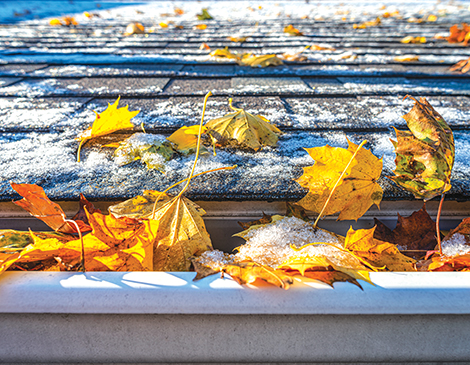
Clear the Air
Take a deep breath, now exhale. And think about this: The air in your home is two to five times dirtier than outdoors and in some cases more than 100 times nastier (U.S. EPA). Pet dander, dust, mold spores, bacteria, skin particles, germs — not a pretty picture.
“Air quality dips in the winter because it gets cold, we shutter our homes and we don’t leave the door open while walking out on the porch for five minutes, or crack a kitchen window while cooking,” says Sean Nagle, general manager of Bay Heating & Air Conditioning. “We are trapping everything into the house.”
That includes your own “used air” in the form of carbon dioxide. All homes should have a carbon monoxide sensor, ideally near a master bedroom so you hear the alert should it sound at night. But CO2 warrants the industry buzz it’s getting these days, Nagle says
The inevitable factor driving CO2 risk (breathe in, readers) is breathing out. “We are constantly making CO2 every day of our lives, and we close ourselves in during winter,” Nagle says.
A CO2 imbalance in the home causes lethargy — that dragging feeling that is easily written off as lack of Vitamin D or sheer exhaustion from life. “If you spend a lot of time inside your home or work in a small office, you’re probably breathing air that is high in CO2, and while it won’t hurt you unless the levels are extremely high, it can definitely make you tired,” Nagle says.
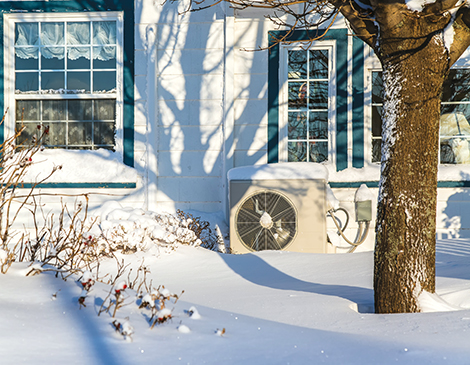
The latest thermostats have built-in indoor air quality sensors that can indicate the reason for the alert, such as higher levels of CO2. (Go open a window.)
Or, go for whole house ventilation systems that pull filtered fresh air into the house. For an upgrade, consider a whole home energy recovery ventilator that also pushes out stale air. Can you just crack the windows for general ventilation? Sure. “But who wants to do that when the windchill is 20 degrees below zero?” Nagle quips, quickly adding this is a better alternative to doing nothing at all. “With a solution like whole home ventilation, you never have to think about fresh air.”
On the allergy front, UV lights to kill bacteria, viruses and mold spores inside HVAC equipment have been around for a while, says Brian Stack, president at Stack Heating, Cooling, Plumbing & Electric. Now we also have air ionizers that generate negative ions that create a static charge around airborne contaminants that float through the home. The static causes dust, allergens and other yuck to adhere. “So, when they go back into the HVAC system, they stick to the filter,” Stack explains.
A whole house humidifier also enhances air quality by maintaining a prime humidity level of 35% to 60%. Bacteria and viruses form at levels lower than 35% and mold spores grow when air is in the 60%-plus range.
System Check
Related to indoor air quality, routine HVAC system maintenance preserves the equipment, improves efficiency that ratchets down utility bills — and provides comfort.
If your HVAC system has a 1-inch filter, change it at least every month. High-efficiency 4- to 5-inch filters can be changed biannually, says Stack and Nagle. Get an HVAC system tune-up at least annually, and ideally twice per year.
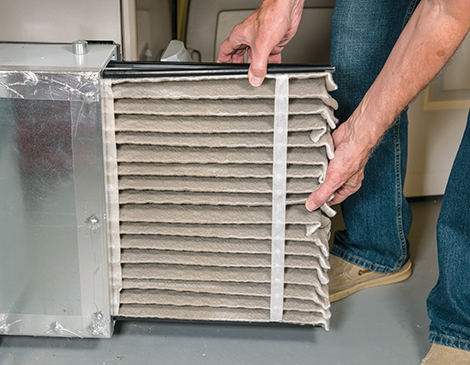
“Having a pro come out to see how equipment is operating and how the [furnace] flame is burning can extend the life of your equipment, especially when we catch problems early, which happens a lot,” Nagle says.
Signs that an HVAC system is flaming out include “short cycling,” when the heat is turning off and on in accelerated cycles, an indication that a furnace could be overheating. Poor airflow is a biggie. Also, listen for humming.
Glassy Moves
“Windows and doors are essentially holes in your house, and you need to be sure they are properly sealed and protected,” says Brian Rutherford, regional manager of the Cleveland division, Gunton Corp./Pella Windows & Doors.
The ultimate test: light a match (or ignite a lighter), hold it in front of a window on a breezy day and trace its perimeter. If the flame dances, you’ve got a leak.
What’s the culprit?
Could be a number of issues, Rutherford says. The elements can break down weather stripping and cause air leakage. Caulking that seals the window frame to the exterior can erode. Here’s a surprise: leaving windows unlocked poses risks beyond security.
Rutherford explains. “Locks serve multiple purposes,” he says. “When windows are not locked, they are not completely closed and drafts can come through. If you haven’t locked them for a long time, you could get some expansion and contraction, in which case it can become impossible to lock them, so you’ll need repairs or replacements.”
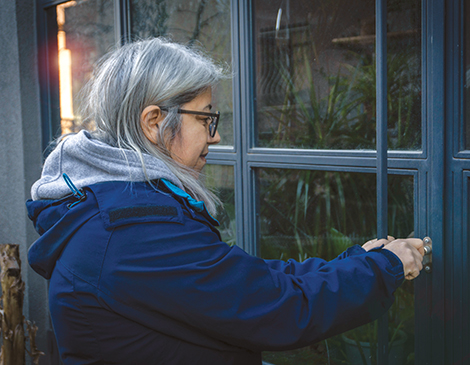
Also, be sure doors are level and square, meaning sight lines between the door and frame are even, otherwise you’re allowing air to come on in.
While you’re in inspector mode, tour the perimeter of your home and examine caulking around “protruding objects” such as venting, says Greg Myers, owner of Exteriors Plus. “The difference between summer rains and winter snowmelt is the snow sits and thaws and it will find a way in if the ability is there, while rain ‘shuts off.’”
Basically, snow melt does not ‘shut off,’ and neither does leakage.
On the High End
“Look up,” says Chris Kamis, president and CEO, Absolute Roofing and Construction. Do you spot missing shingles?
“A lot of times, high winds can damage flashings on chimneys and pipes and you’ll see it ‘stick up,’” he says. Not to mention, snow melt can roll into gutters clogged with leaves and refreeze due to the cold metal.
“Snow melt can back up under shingles and go right into the house,” says Kamis, describing calls he receives throughout winter when customers tell his team, “My roof is leaking like a faucet turned on.”
Another complaint: water pouring in from windows. The roof is the source. “If caulk is broken, water runoff can cause significant damage to the interior of the home that is completely preventable,” Kamis says.
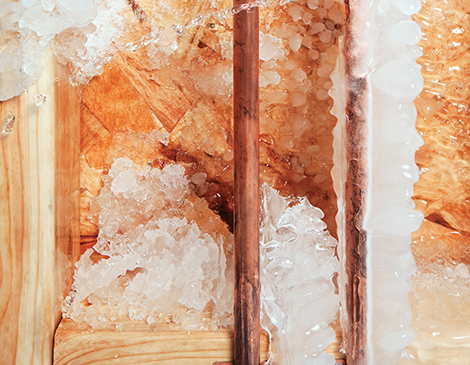
For gutters, wait until late November to early December to clean them out, Kamis recommends.
Look down, too. “Make sure downspouts are not overflowing,” Kamis says. “You can tell if you have dirt over their fronts that the water is falling over the spout and rippling down.” Again, this is a sign that the gutters and what’s inside them need attention, stat.
Pipe Down
Extended periods of sub-zero temperatures can freeze pipes, especially those housed in cabinetry along outside walls or in an attic. The byproducts can be minor like fluctuating water pressure or significant when burst pipes cause flooding and resulting high utility bills — a double whammy.
Avoid potential structural damage by opening cabinets to allow warm house air to circulate around pipes, Stack says. “It might be advisable to allow the faucets to trickle to keep water circulating, and if you are going out of town, consider shutting off the water,” he says.
For more updates about Cleveland, sign up for our Cleveland Magazine Daily newsletter, delivered to your inbox six times a week.
Cleveland Magazine is also available in print, publishing 12 times a year with immersive features, helpful guides and beautiful photography and design.




